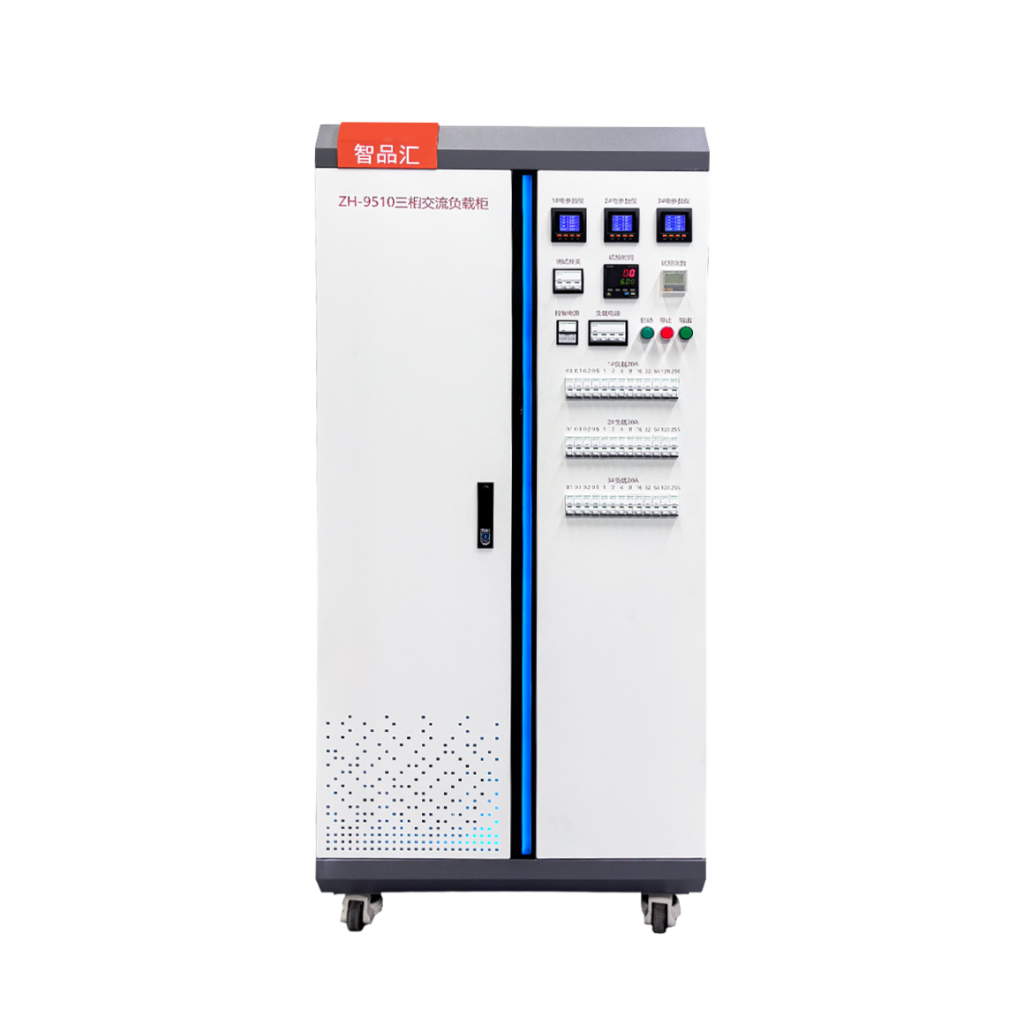In the electrical system safety chain, switchgear is the “first line of defense” that safeguards the flow of current. From the miniature circuit breakers in household distribution boxes to the high-voltage disconnectors in substations, every precise operation is crucial to circuit stability and personnel safety. Switch load test cabinets are specialized equipment that simulate various extreme power usage scenarios, comprehensively testing these “circuit guardians” to their limits, thus providing a solid barrier to the safe operation of electrical systems.
The core mission of switchgear is to reliably connect current under normal operating conditions and quickly disconnect circuits in the event of a fault. However, real-world electrical environments are far more complex than those in the laboratory: the instantaneous inrush current during motor startup can reach several times the rated value, and the peak current during a short-circuit fault can exceed kiloamperes. Long-term high-load operation also causes switch contact temperatures to continue to rise. These extreme conditions place enormous strain on the switch’s mechanical structure, contact materials, and arc-extinguishing system. Even the slightest flaw can lead to serious consequences such as contact welding and disconnection failure. The value of a switch load test cabinet lies in bringing these potential risks into the laboratory, revealing problems early through controlled testing.
The switch load test cabinet’s “assessment capability” stems from its precise reproduction of complex load scenarios. Rather than simply providing current, it uses a programmable control system and power modules to create a “circuit theater” that simulates real-world power usage. For different types of switches—whether DC low-voltage or AC high-voltage, resistive or inductive—the test cabinet can adjust parameters such as voltage, current, and power factor to replicate the full range of operating conditions, from rated load to short-circuit current. For example, when testing household circuit breakers, it can simulate the inrush current of air conditioner startup and the fault current during a short circuit. When testing industrial contactors, it can replicate the changes in inductive load during forward and reverse motor rotation, ensuring that each test is tailored to the actual application scenario.
A complete “assessment” involves multiple rigorous steps. In the switching capacity test, the switch load test cabinet subjects the switch to short-circuit currents far exceeding the rated value at a specified voltage, observing the arc extinguishing speed and the extent of contact damage. In the overload durability test, the switch is repeatedly operated under loads exceeding the rated current for a long period of time to verify its temperature rise control and mechanical strength stability. In the electrical life test, the test cabinet controls the switch on and off at a frequency of dozens of times per minute. After tens of thousands of operations, parameters such as contact resistance and actuation time are monitored to determine whether it still meets the standards. These tests not only determine the switch’s compliance, but also use data to trace the root cause of the problem. Frequent welding of contacts may indicate a design flaw in the arc extinguishing system; insufficient mechanical life may be related to the spring constant or transmission structure.
The switch load test cabinet eliminates the need for luck in ensuring the safety of electrical equipment. Using scientific testing methods and precise control capabilities, it defines clear performance boundaries for each switchgear model and drives the continuous advancement of switch technology. From the use of silver-tungsten alloy contacts to the optimization of magnetic arc extinguishing technology, many innovations stem from pain points discovered during testing. As electricity demand grows and electricity usage becomes increasingly complex, this “limit tester” safeguards the safe switching of every circuit with stricter standards and a more comprehensive perspective, providing us with peace of mind and a sense of security while enjoying the convenience of electricity.




